Quality Rating 4: Salary & Benefits
Instructions
To meet the requirements for Administrative Policies and Practices: Salary and Benefits: ADM 12.4, you will upload the following:
- a current salary scale based on staff members’ education and experience
- a description of employee benefits
NOTE: If you are a family child care provider and do not employ any staff, leave a comment in the Maryland EXCELS System for your Program Coordinator (PC) explaining that you have no employees.
Incremental Salary Scale Based on Education and Experience
An incremental salary scale shows increasing rates of pay or pay ranges. At a minimum, your program’s scale should be based on position, education, and related experience. Your scale should show that salaries increase as an employee’s responsibilities, education, and experience increase. For example, lead staff should have a higher salary than those with less responsibility, staff with college or other advanced degrees should receive more compensation than those without, and staff salaries should increase based on the number of years staff members have worked in education. By using a salary scale, you demonstrate that staff members are treated fairly and rewarded for their commitment to education and ongoing training.
What does the documentation look like?
Your salary scale clearly shows salaries are determined by position, education, and experience. The salary scale is provided to staff upon hire and may be included in a staff handbook or other documentation your employees receive. A salary scale can be as simple as a chart that shows the range of pay based on education and experience.
This sample chart shows how a staff member’s pay increases with an increase in years of experience and education.
NOTE: These are sample amounts. Be sure to use figures that align with your program’s salary scale.

Description of Employee Benefits
Employee benefits are contributions made by a program to its employees, or on their behalf, as an incentive for sustained employment. Benefits are provided in addition to salary and may or may not include financial contributions. Examples of typical benefits include: insurances (medical insurance, dental, vision plans, long-term and short-term disability), paid leave (vacation, holidays, sick leave, personal time, emergency or inclement weather leave), professional development, training, and tuition reimbursement, mileage reimbursement for training and education, reduced child care rates, and retirement plans.
What does the documentation look like?
Your policy clearly describes the benefits provided to employees in your program. It shows your program offers fair and equitable benefits to all employees. Information about employee benefits are shared with staff members when they are hired and may be explained in a staff handbook or other documents.
NOTE: If you are a family child care provider and do not employ any staff, please leave a comment for your Program Coordinator (PC) in the Maryland EXCELS System (ADM 12.4) explaining that you have no employees.




